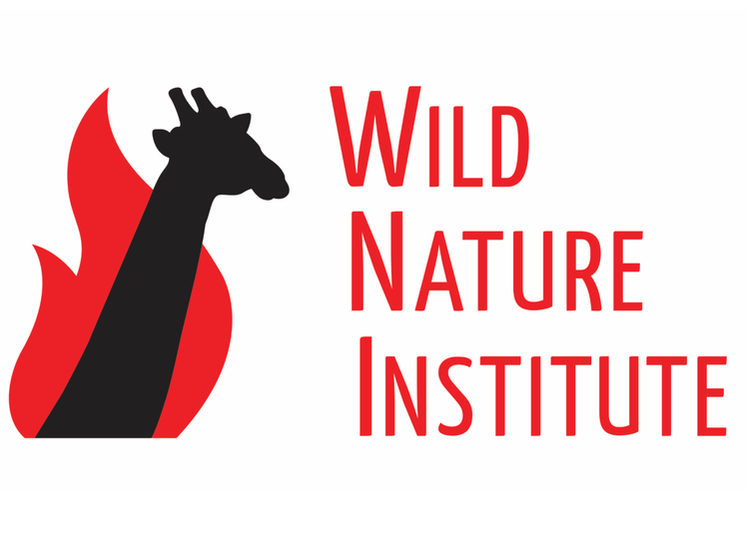Wild Nature Institute Giraffe Research Uses Big Data Tools Giraffes are big animals, so scientists have turned to big data solutions for giraffe conservation. Researchers from the Wild Nature Institute are conducting one of the largest-scale big mammal studies ever undertaken by studying births, deaths, and movements of more than 2,000 giraffes across a 4,000 square kilometer landscape in the Tarangire ecosystem of northern Tanzania, East Africa. Giraffe populations have declined precipitously across Africa due to habitat loss and illegal killing for meat. Dr. Derek Lee, Principal Scientist of the Wild Nature Institute said, “We needed new tools to figure out how we can save giraffes, and there was a perfect storm of technology that made our Project GIRAFFE work possible.”
Big data programs are often described by the 3 Vees of Velocity, Volume, and Variety, and Wild Nature Institute’s Project GIRAFFE is growing in all three. “Our Volume (amount of data) and Variety (type and nature of data) are already staggering.” said Dr. Lee. “We take about 9000 high-resolution photos every year, and these photos contain hundreds of gigabytes of data on giraffe identity, location, social relationships, age, size, reproductive status, disease, space and habitat use, and much more. Our Velocity recently increased in a huge step function as our computer science collaborators have developed amazing new tools to speed up data processing. We are always looking for more partners from the computer science, informatics, and cybernetics worlds to improve our information processing systems.” Variety of data streams is also increasing as Wild Nature Institute enlists village game scouts, tourism operators, and ecotourists on safari. Involving stakeholders is integral to monitoring how giraffes respond to community conservation zones called Wildlife Management Areas. Wild Nature Institute partners at the PAMS Foundation are supporting intelligence-based anti-poaching activities to protect elephants and giraffes in the Tarangire ecosystem, and Wild Nature Institute is documenting how the wildlife populations respond to their efforts. Wild Nature Institute scientists are using digital photographs of each giraffe’s unique and unchanging spot patterns to identify them throughout their lives. They are quantifying births, deaths, and movements of more than 2000 individual giraffes in a landscape that is a mosaic of natural and human-impacted areas to learn where giraffe are doing well, and where they are not, and why. Armed with data-driven conservation knowledge products, Wild Nature Institute scientists and partners are working to protect and connect the areas that are most important to giraffe survival and reproduction. “We are turning big data into tall data to save giraffes!” said Lee. See also: Part 1: Matching Photos of the Same Giraffe Using Virtual Supercomputers Part 2: Machine Learning Finds the Giraffe in the Bushes
0 Comments
Wild Nature Institute Giraffe Research Uses High Tech Big Data Tools Giraffe are the tallest animal on earth, so naturally scientists have turned to big data solutions for giraffe conservation. Researchers from the Wild Nature Institute are conducting one of the biggest large mammal studies ever undertaken by studying births, deaths, and movements of more than 2,000 giraffe across a 4,000 square kilometre landscape in the Tarangire ecosystem of northern Tanzania, East Africa. Dr. Derek Lee, Principal Scientist of the Wild Nature Institute said, “Giraffe are big animals, so naturally we are using big data to learn where they are doing well, where they are not, and why, so we can protect and connect the areas important to giraffe conservation.” Giraffe populations have sharply declined across Africa due to habitat loss and illegal killing for meat. “We needed new tools to help save giraffes, and there was a perfect storm of technology that made our work possible,” said Lee. Wild Nature Institute scientists use digital photographs of each animal’s unique and unchanging spot patterns to identify them throughout their lives. However, the analysis process is very manually intensive and time-consuming. Many thousands of photos have to be processed per year, and for every photo the giraffe body in the image has to be manually cropped to provide just a giraffe torso to the pattern recognition software. To aid this process, Microsoft scientists have provided a new image processing service to automate the process using machine learning technology deployed on the Microsoft Azure cloud. Using a computer vision object detection algorithm, the Microsoft team trained a program to recognize giraffe torsos using some existing annotated giraffe photos. The program was iteratively improved using an efficient Active Learning process, where the system identified new images and showed its predicted cropping squares on these images to a human who could quickly verify or correct the results. These new images were then fed back into training algorithm to further update and improve the program. The resulting system identifies the location of giraffe torsos in images with a very high accuracy, as can be seen in the example results in the images below. The new system dramatically speeds up the important research being performed by the Wild Nature Institute scientists. “It is wonderful how the Azure team automated this tedious aspect of our work,” said Dr. Derek Lee, Principal Scientist and CEO at Wild Nature Institute. “It used to take us a week to process our new images after a survey, now it is done in minutes!”
See also: Part 1: Matching Photos of the Same Giraffe Using Virtual Supercomputers Coming soon: Part 3: Velocity, Volume, and Variety in Tall Data for Giraffe Conservation Wild Nature Institute Giraffe Research Uses High Tech Big Data Tools Giraffe are the tallest animal on earth, so it is no surprise that scientists have turned to them to apply big data solutions to wildlife conservation. Researchers from the Wild Nature Institute are conducting one of the most ambitious large mammal studies ever undertaken by studying births, deaths, and movements of giraffe across a 4,000 square kilometer landscape in the Tarangire ecosystem of northern Tanzania, East Africa.
Dr. Derek Lee, Principal Scientist of the Wild Nature Institute said, “These are big animals, and they cover big distances, so naturally we are using big data to learn where they are doing well, where they are not, and why, so we can protect and connect the areas important to giraffe conservation.” Giraffe populations have declined precipitously across Africa due to habitat loss and illegal killing for meat. “We needed new tools to figure out how we can save giraffes, and there was a perfect storm of technology that made our work possible,” said Lee. Wild Nature Institute scientists are using digital photographs of each animal’s unique and unchanging spot patterns to identify them throughout their lives. They are quantifying births, deaths, and movements of more than 2000 individual giraffes. This individual identification system has been around since the 1960s, but computers running pattern-recognition software have made the technique much easier to implement. In one year, Wild Nature Institute giraffe researchers collect about 9000 photos of giraffes. To match them all requires comparing more than 40 million pairs of photos. “The pattern-recognition software uses a very robust and fast algorithm, but that is a lot of pairs to match.” said Lee. To perform the millions of calculations required to match his giraffe photos, Dr. Lee asked for and received a grant from Microsoft Azure and their cloud computing service to build virtual supercomputers. The Azure virtual machines were built with as many cutting-edge processors as possible. Such a supercomputer would be very expensive to build, but the computing power was rented from Microsoft Azure for the few weeks necessary to run a year’s batch of giraffe matching. “Once the photos are all matched, they form an encounter history of each animal, so we know where it went, who it was with, whether it had a calf or passed away. I am really excited about the partnerships and synergies created when computer science meets wildlife biology. The Azure virtual supercomputers are turning big data into tall data!” said Lee. Coming soon: Part 2: Machine Learning Finds the Giraffe in the Bushes Part 3: Velocity, Volume, and Variety in Tall Data for Giraffe Conservation |
Science News and Updates From the Field from Wild Nature Institute.
All Photos on This Blog are Available as Frame-worthy Prints to Thank Our Generous Donors.
Email Us for Details of this Offer. Archives
July 2024
|
|
Mailing Address:
Wild Nature Institute PO Box 44 Weaverville, NC 28787 Phone: +1 415 763 0348 Email: [email protected] |
|

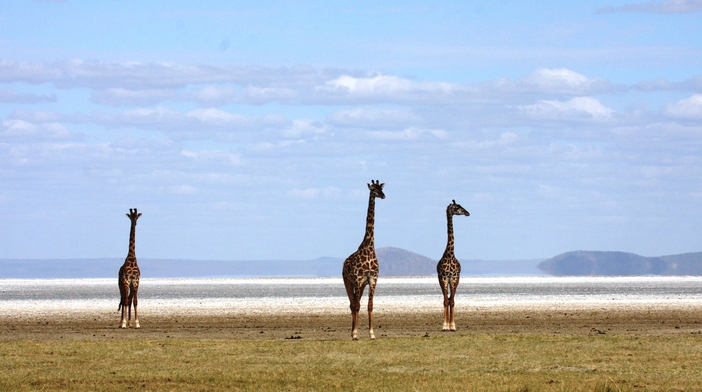
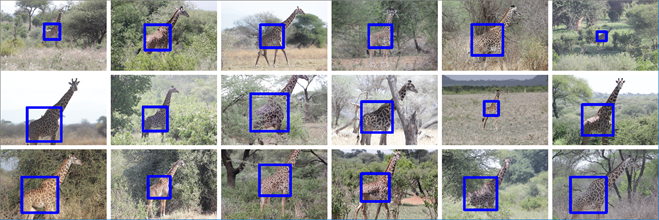
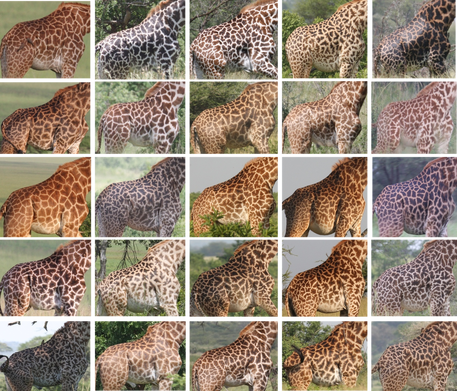
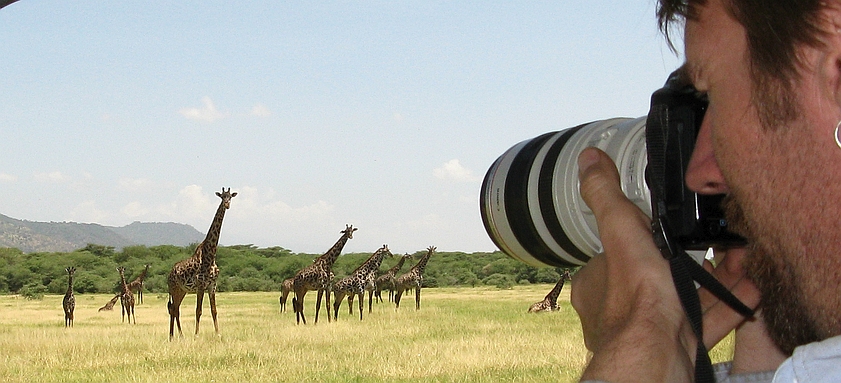
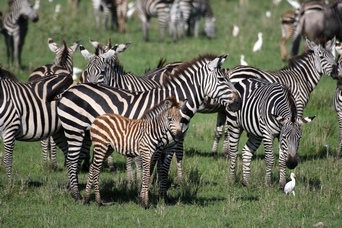
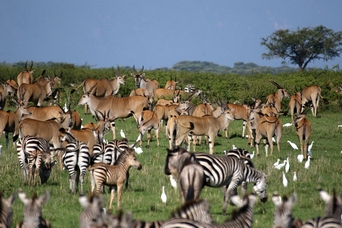
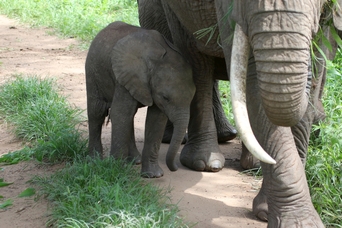
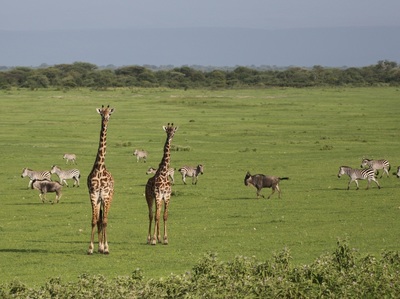
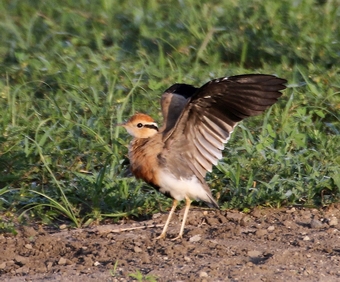
 RSS Feed
RSS Feed
